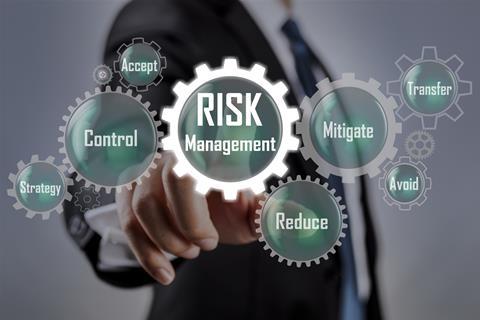Denis Kallaert, risk & compliance consultant to reinsurance companies and independent director of various reinsurance captives, shares his views on the future role of captives in risk management
Denis Kallaert, risk & compliance consultant to reinsurance companies and independent director of various reinsurance captives, is speaking at the Risk!n conference on May 25 in Switzerland.
Ahead of his session, Strategic Risk caught up with him to find out what he would be discussing and why risk managers should attend.

What makes captives an essential tool for CFOs?
Captives can be an essential tool for CFOs for several reasons.
By forming a captive, a company can take advantage of the cost savings that come with self-insuring. Instead of paying premiums to an outside insurer, the company can keep the premiums in-house and invest them, potentially earning a higher return on investment.
A captive can provide tax benefits to the company, such as deductibility of premiums and tax-deferred investment income. A captive can provide a company with greater financial flexibility.
What are the main benefits of a captive that risk managers should consider?
A captive can help a company manage its risks by allowing it to tailor its insurance coverage to its specific needs. The company can choose which risks it wants to insure and which it wants to retain, giving it more control over its risk exposure.
It also provides customised reporting to the company, allowing it to better understand and manage its risks.
What are the risks that RMs should be aware of when it comes to captives?
Captives are subject to regulatory oversight and risk managers should ensure that the captive complies with all applicable laws and regulations.
Captives require ongoing management and oversight, and risk managers should be aware of potential operational risks such as inadequate reserving, governance or claims management.
Captives typically invest their premiums to generate income, which exposes them to potential investment risks such as market volatility, credit risk and liquidity risk.
Captives often purchase reinsurance to protect against catastrophic losses, which involves reinsurance risks such as counterparty risk, basis risk and reinsurer insolvency.
What are some of the main things attendees will learn at your Risk-!n session?
Participants in our Risk-In session will learn about the benefits and risks associated with forming a captive and the regulatory considerations involved in forming a captive.
Overall, attendees can expect to leave our session with a better understanding of captives and how they can be used to support effective insurance management and risk financing.
To find out more about the conference, or to register to attend, visit the Risk!n website.




















No comments yet